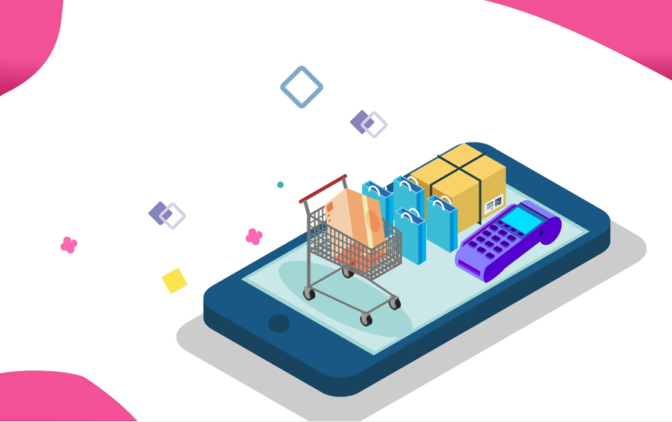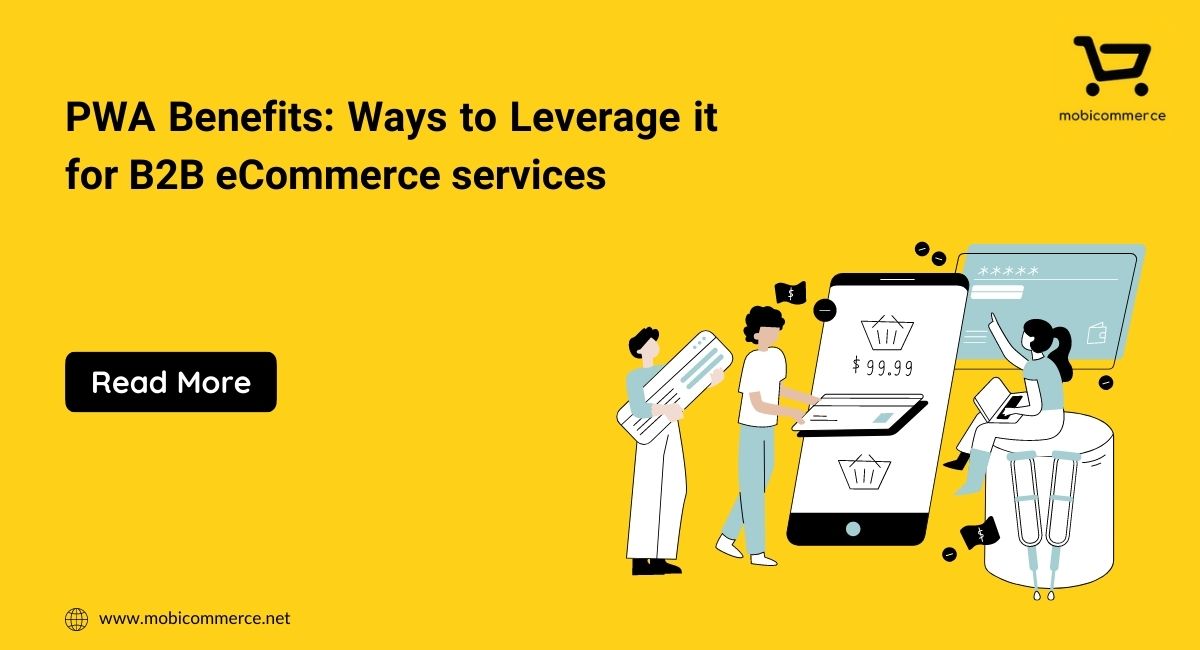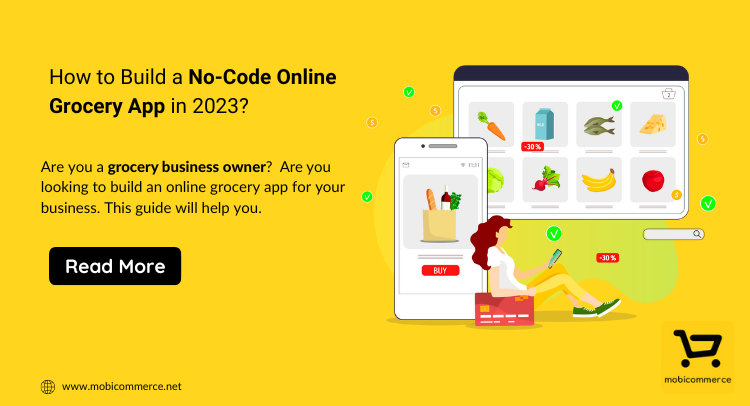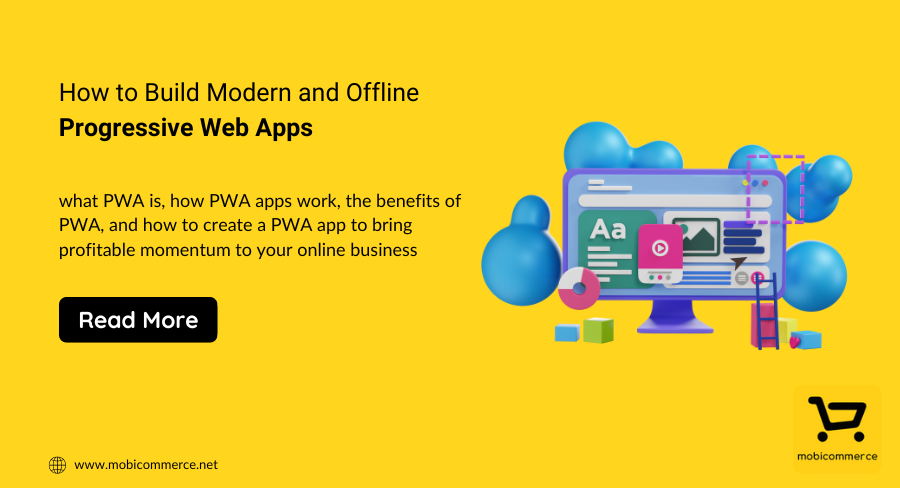
Did you know Amazon is on its way to become the first trillion-dollar company, with stocks doubling to $2,000? Four years ago, the eCommerce giant crossed the $100bn mark in annual revenues. Thus, the day it hits the Big T isn’t far away.
In an age where mobile is considered a more effective platform to target, engage and retain customers, do you think Amazon could have tasted success without its multi-vendor mobile app? Probably not. We have statistics to prove that:
Amazon’s multi-vendor mobile app is one of the most popular retail apps in the US, and that shows in its annual revenue reports.
In the last quarter of 2017, mobile apps contributed to 44% of transactions of retailer apps in North America. Can you imagine how big mobile is in eCommerce? It is a pretty valuable part of the industry, and a platform that’s being leveraged immensely.
Mobile has made it easier for consumers to browse through the products, make a purchase and repeat the sale. So, if your eCommerce marketplace store doesn’t have a multi-vendor mobile app yet, now is the right time to get one.
Let’s understand the benefits of building a multi-vendor marketplace software online:
Cart abandonment is a real nuisance in eCommerce. Did you know the average rate of incomplete purchases is 69.23%? But that only accounts for desktop sites. Mobile apps have a lower cart abandonment rate (only 20%) because of a simplified checkout process.
Since a customer’s shipping address is already stored on the app, it is easier for him or her to complete the payment process with just one click. Of course – the problem arises when eCommerce stores have hidden costs like shipping or delivery expenses. If you are transparent about that, you won’t have to worry about a thing.
Therefore, having a multi-vendor mobile app for your eCommerce store increases the chances of converting customers.
Amazon, Alibaba.com, and Flipkart sell gadgets, kitchen appliances, cosmetics, stationery, and other items – all under the same roof. And there’s another functionality their mobile apps share. They have a convenient payment process.
As an eCommerce marketplace yourself, there’s a vast scope for you to get more vendors onboard and offer a variety of products to your customers.
But that won’t help you boost sales unless you make the last bit of the process easier. Here’s what you can do:
A. Offer different payment methods to your customers. Include Apple Pay, Google Wallet, and PayPal as options.
B. Use push notifications to attract customers to buy from you. Announce a new vendor or a sale – leverage the technology.
C. Keep a simple layout of your mobile app. Provide a one button checkout so that they can complete the transaction quickly.
Mobile apps have recorded 130% higher average order value than desktop sites. Now we understand why.
Customers who download your mobile app are in for the long haul. They are the ones who will browse through the products now and then, save a few for later and then actually make a purchase whenever they want to.
Consumers who access an eCommerce marketplace via the mobile browser have little investment in the brand. Their interest is shallow, and they may or may not come back to the store. It doesn’t matter to them.
To conclude: mobile app users are twice as likely to return to an eCommerce store in 30 days which is why it is vital for you to implement a few customer retention strategies:
A. Let your customers personalize their experience on your eCommerce store by enabling prioritized features and relevant product recommendations based on their browsing and purchase history.
B. Use mobile push notifications to educate them about special offers, abandoned carts, order status updates, and more.
C. Run special offers specifically for your mobile app users.
A mobile phone has many features that can be used alongside the multi-vendor app to deliver convenient customer experience. Here are a few examples:
A. Many eCommerce marketplace stores let their customers share pictures of their purchase on the former’s social media channels via mobile apps.
B. Introduce a functionality that geotags customer addresses and eliminates the need for them to type shipping information in detail.
C. Vocalize the search process on the mobile app by enabling the use of the microphone.
These are excellent ways to drive customer engagement and drive loyalty.
A survey revealed 78% of consumers prefer using a mobile application to access an eCommerce store rather than using the mobile browser to do so. The statistic doesn’t surprise at all.
Customers find using a mobile app more convenient, especially when they are not thinking of making a one-off visit to your eCommerce store. They don’t need to remember the URL to access the store.
They don’t have to log in repeatedly to put products in the cart or to complete the transactions. A single click on the app icon on their mobile’s home screen will take them to where they last stopped. It’s all about convenience, and a mobile app gives that.
Wrapping up
Mobile app users view 4.6X more products than mobile website browsers. App conversion rates are 3X higher than mobile site conversion rates. The future may be mobile but the present is definitely mobile. Up your game by building a B2B multi-vendor marketplace solution today.

In order to improve user experience, businesses are increasingly turning to progressive web apps, which combine the best features of regular apps and websites. Ecommerce businesses which have created mobile-first PWAs have seen significantly faster page loading times, better conversion rates and improved engagement. On average, a website using PWA can increase speed performance by… Continue reading PWA benefits: Ways to Leverage it for B2B eCommerce services

If you have a grocery store and you are looking to take your business to the next level, then this is the right time to invest in grocery mobile apps. A report by Oberlo suggests that online grocery sales in the US are expected to reach $160.91 by 2023. Not only this, the revenue continues… Continue reading How to Build a No-Code Online Grocery App in 2023?

Most businesses create an app to establish their business in the digital world. But after some time, these businesses end up investing much more money by creating different versions and similar apps for different operating systems to stay relevant in the market. Later on, this choice of businesses becomes painful as they spend more money… Continue reading How to Build Modern and Offline Progressive Web Apps
Sign up for our newsletter and be the first to receive all the latest updates.
Request a callback from us by filling the form below.

Get your project estimate. Brainstorm business ideas. Book a demo. Get complete support and so much more!